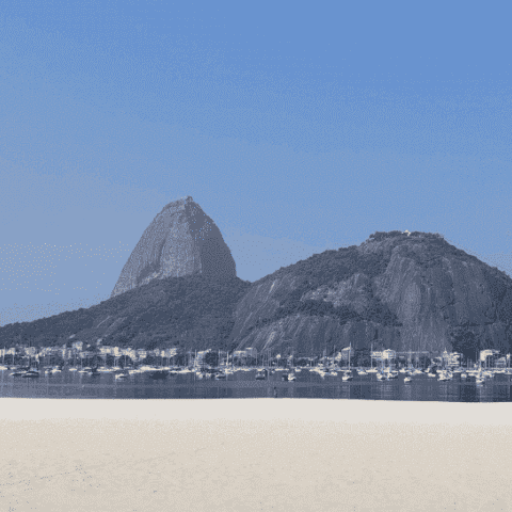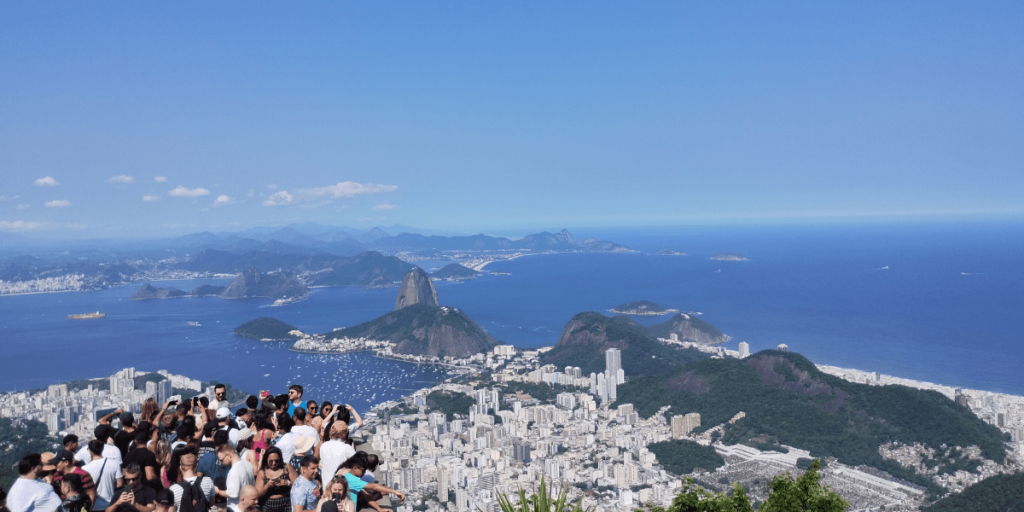
Rio de Janeiro, known as the Marvelous City, offers spectacular views when viewed from above.
One of the most iconic places to enjoy this beauty is Corcovado.
Corcovado is home to the famous statue of Christ the Redeemer and is one of the most popular tourist attractions in the city.
From the top of Corcovado, you can see:
The Botafogo cove.
The Copacabana waterfront. O
Santos Dumont Airport on clear days.
Christ the Redeemer, with open arms, offers an incredible panoramic view of the city of Rio de Janeiro.
To get to the top of Corcovado, you can use the Corcovado Train, which provides a unique experience and allows you to enjoy the landscape as you climb.
The view goes from Maracanã to the Rio-Niterói Bridge and Rodrigo de Freitas Lagoon.
If you are planning to visit Rio de Janeiro, be sure to include Corcovado in your itinerary. The view from up there is truly stunning.

The Gentileza Intermodal Terminal, located in the Caju region, in Rio de Janeiro, is an important public transport hub. It integrates three modes: BRT Transbrasil, VLT lines 1, 2 and 3, and municipal bus lines. Opened in February 2024, the terminal was designed to improve urban mobility, serving more than 130 thousand passengers daily.
In addition to facilitating movement around the city, the terminal also offers direct connections to Santos Dumont Airport and Galeão International Airport. The name of the terminal is a tribute to the Prophet Gentileza, famous for his messages of peace and kindness spread throughout the city.
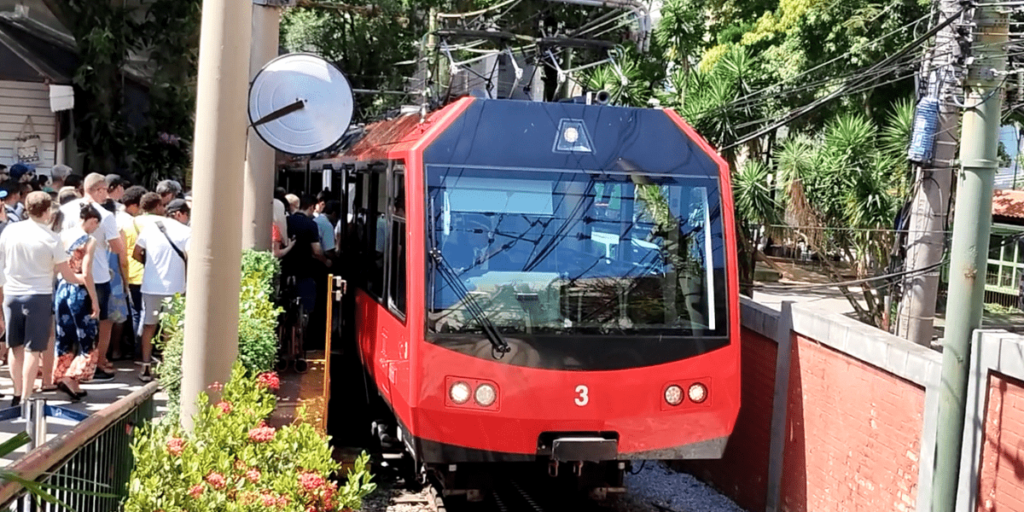
The Corcovado Train is one of the oldest and most popular tourist attractions in Rio de Janeiro. It departs from the Cosme Velho neighborhood and takes visitors to the top of Corcovado Hill, where the statue of Christ the Redeemer is located. The train journey offers a unique experience, crossing the lush Tijuca Forest, which is the largest urban forest in the world.
The tour takes place on an electric locomotive, which does not pollute and provides an incredible panoramic view of the city along the route. Every year, more than 600,000 people use the Corcovado Train to visit Christ the Redeemer, one of the New Seven Wonders of the World.
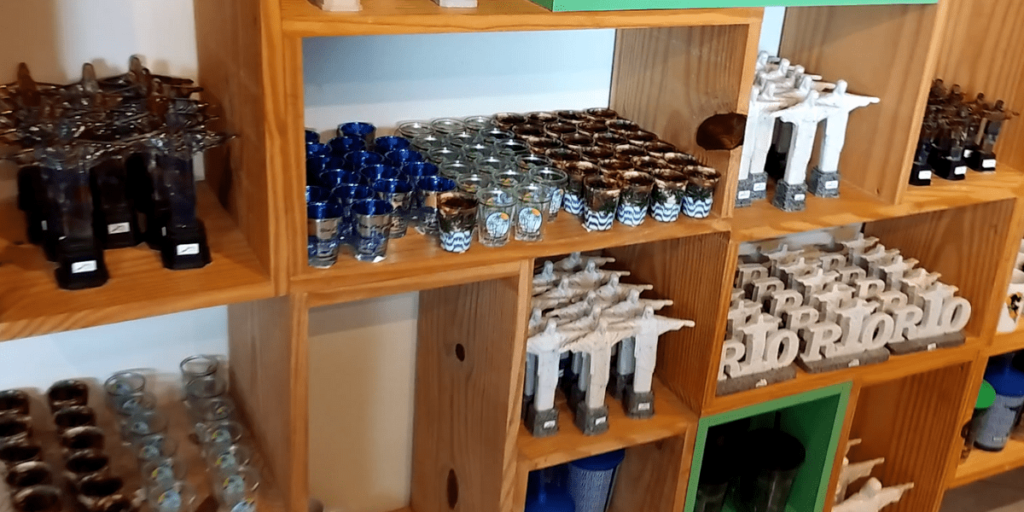
In Corcovado you will find several souvenir shops offering a wide range of products related to Christ the Redeemer. Among the most popular items are miniatures of the statue, keychains, t-shirts, mugs and refrigerator magnets.
One of the best-known stores is Loja das Paineiras, which offers exclusive products and also allows visitors to take a break for a snack while enjoying the incredible view of the city. Another option is the Vitacura store, located at the Corcovado Train station, which also offers many gift and souvenir options.
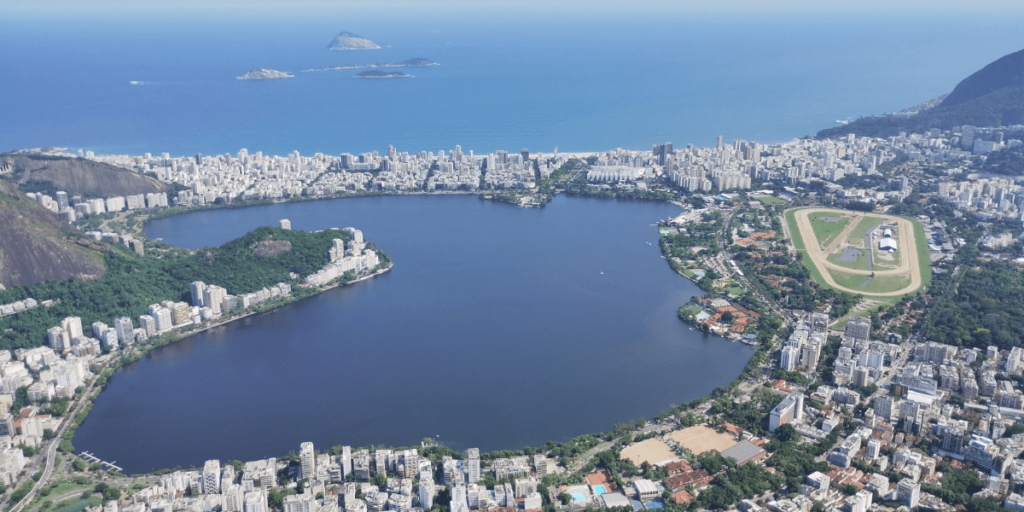
Lagoa Rodrigo de Freitas is one of the most charming tourist attractions in Rio de Janeiro, located in the South Zone of the city. With an area of 2.2 km² and a perimeter of 7.8 km, the lagoon is surrounded by parks, such as Parque da Catacumba and Parque dos Patins.
The lagoon is a popular spot for outdoor activities such as hiking, running, cycling and stand-up paddle boarding. In addition, it offers a stunning view of Christ the Redeemer and Corcovado Mountain

Central do Brasil is one of the main railway stations in Rio de Janeiro and an important connection point for the city’s public transport. Opened in 1858, the station is a historical and architectural landmark, serving as a terminal for several urban and intercity train lines. In addition to its functional importance, Central do Brasil is also famous for being the setting for the acclaimed 1998 Brazilian film, directed by Walter Salles and starring Fernanda Montenegro
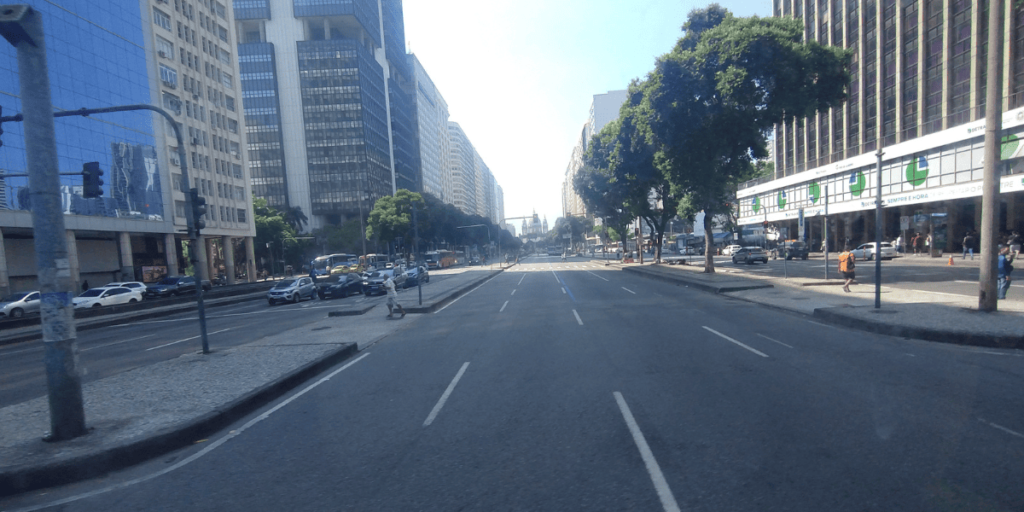
Avenida Presidente Vargas is one of the main roads in Rio de Janeiro, connecting the Leopoldina region to the city center. In the background, the imposing Church of Nossa Senhora da Candelária stands out, a historic and modern landmark. The avenue, with its wide lanes and intense flow of vehicles, is a symbol of the urban modernization of Rio de Janeiro
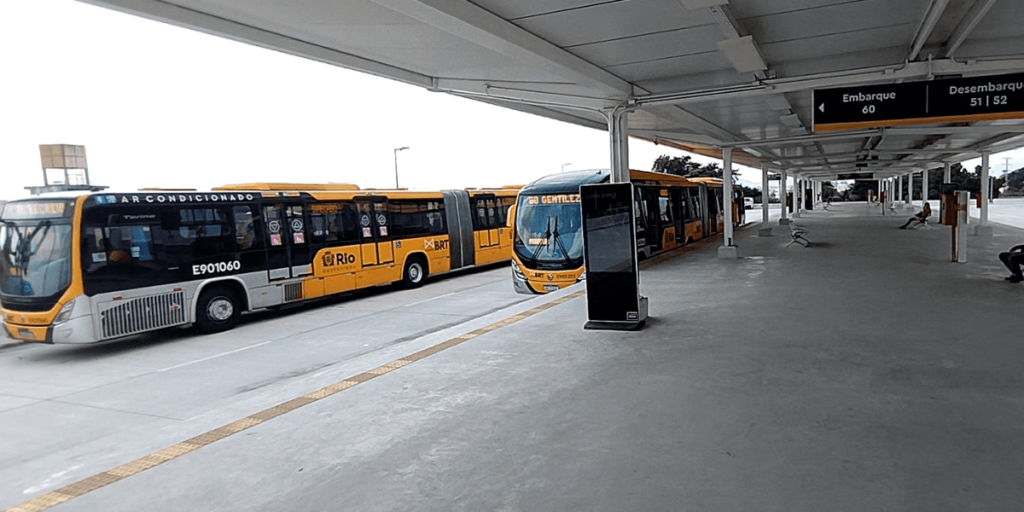
The Deodoro Terminal is an important transport infrastructure in Rio de Janeiro, opened in September 2023. It integrates different modes of transport, including the BRT Transbrasil, Transolímpica, conventional urban buses and the Supervia train system. With approximately 10 thousand square meters, the terminal has two floors: the ground floor for feeder lines and the upper floor for BRT fleets.
This integration facilitates the movement of citizens, saving time and improving mobility in the city.
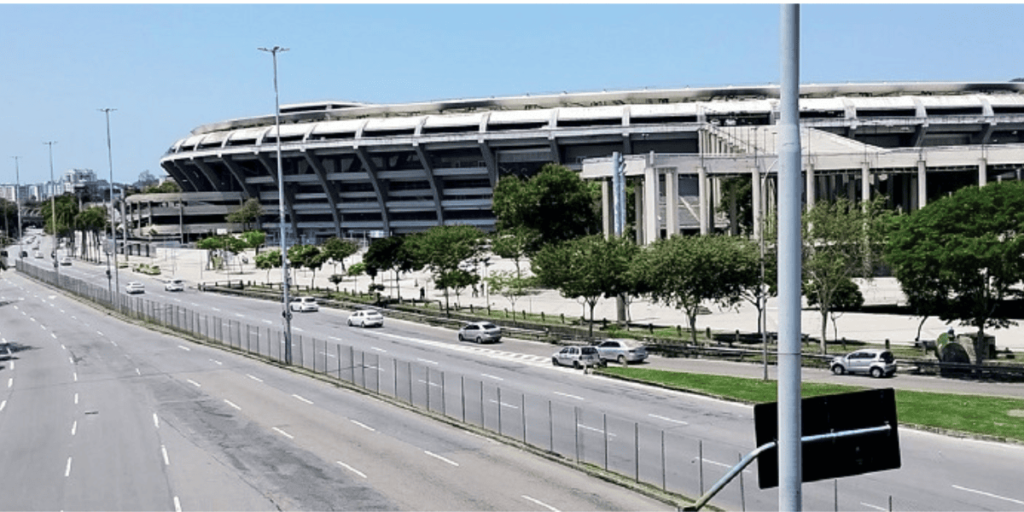
Maracanã Stadium, officially called Estádio Jornalista Mário Filho, is one of the most emblematic football stadiums in the world. Located in the Maracanã neighborhood, in the North Zone of Rio de Janeiro, it was opened in 1950 for that year’s World Cup. Since then, Maracanã has been the scene of historic football moments, such as Pelé’s 1,000th goal and the finals of several important competitions, including the 2014 World Cup and the 2016 Olympic Games.
With capacity for 78,838 spectators after several modernization renovations, Maracanã is also used for shows and other cultural events.
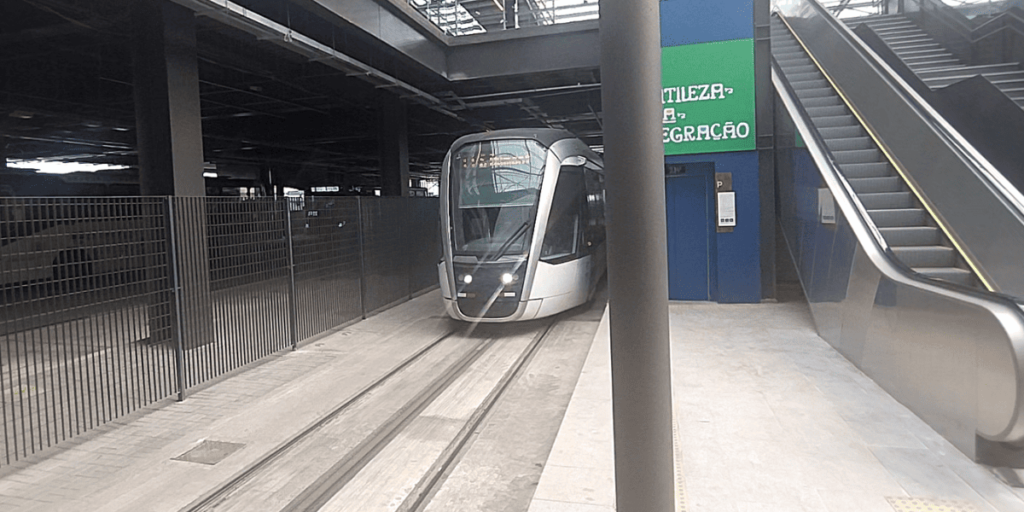
The Gentileza Intermodal Terminal, located in the Caju region, in Rio de Janeiro, is an important public transport hub. It integrates three modes: the BRT Transbrasil, lines 1, 2 and 4 of the VLT, and municipal bus lines. Opened in February 2024, the terminal was designed to improve urban mobility, serving more than 130 thousand passengers daily.
In addition to facilitating movement around the city, the terminal also offers direct connections to Santos Dumont Airport and Galeão Airport. The name of the terminal is a tribute to the Prophet Gentileza, famous for his messages of peace and kindness spread throughout the city
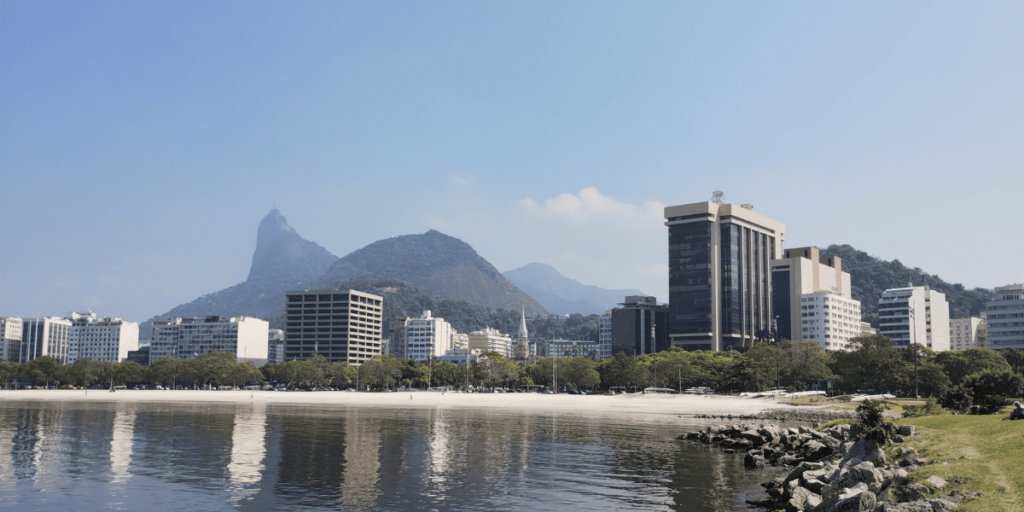
Botafogo Beach is an iconic setting in Rio de Janeiro, with the majestic Morro do Corcovado in the background. This stunning view combines the natural beauty of the beach with the grandeur of the mountain. Corcovado, 710 meters high, is famous for housing the statue of Christ the Redeemer, which has become a symbol of the city. Even before the construction of Christ, Corcovado already attracted tourists and photographers, as we can see in historical records. The photo by Marc Ferrez captures Botafogo Beach with Corcovado in the background and the new Avenida Beira-Mar, part of Mayor Pereira Passos’ urban project, around 1903. This image transports us to a time when the city’s growth could be followed through photos of Corcovado. It’s incredible how this landscape continues to enchant visitors and residents to this day!

Quinta da Boa Vista, located in the São Cristóvão neighborhood, in the north of Rio de Janeiro, is an extensive urban park that houses BioParque do Rio, the city’s new zoo. Previously, this space was occupied by the gardens and the Imperial Palace of São Cristóvão, which served as the residence of the Brazilian imperial family between 1822 and 1889. BioParque do Rio is based on the pillars of Education, Research and Conservation and offers a completely different experience from old zoo. Among the new visiting areas, you will find the Reptile Village, the Primate Island, the Kings of the Jungle sector, the African Savanna, the Pollinators and the Little Farm, where you can pet and feed the animals in a supervised manner. A great option for those who want to learn about Brazilian fauna and flora in a more conscious and educational environment!
